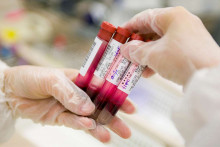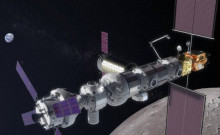A New Quantum Paradox Flags Errors in Our View of Reality
That quantum mechanics is a successful theory is not in dispute. It makes astonishingly accurate predictions about the nature of the world at microscopic scales. What has been in dispute for nearly a century is just what it’s telling us about what exists, what is real. There are myriad interpretations that offer their own take on the question, each requiring us to buy into certain as-yet-unverified claims—hence assumptions—about the nature of reality.













































































